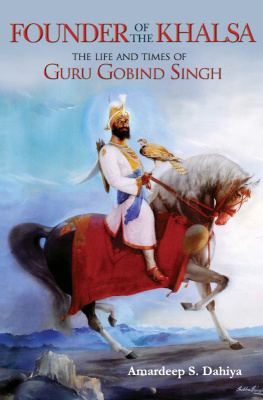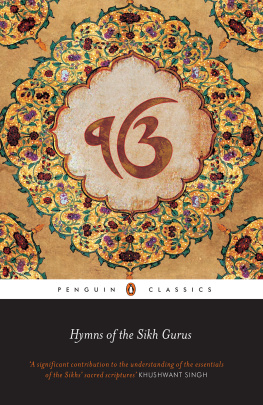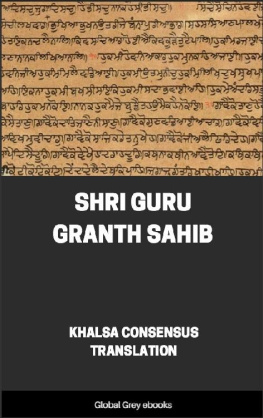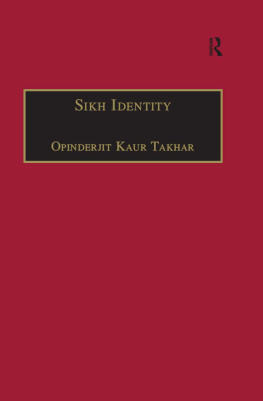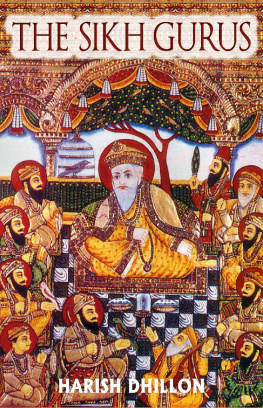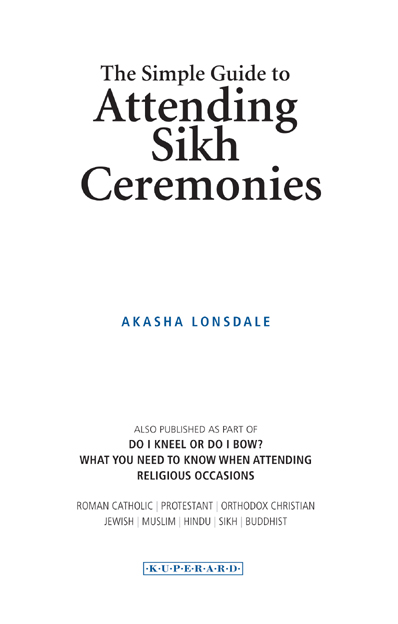Published in Great Britain by
Kuperard, an imprint of Bravo Ltd
59 Hutton Grove, London N12 8DS
www.kuperard.co.uk
Enquiries:
Copyright 2011 Kuperard
All rights reserved. No part of this publication may be reproduced, stored in a retrieval system, or transmitted in any form or by any means without prior permission in writing from the Publishers.
Series Editor Geoffrey Chesler
eISBN: 978-1-85733-652-8
British Library Cataloguing in Publication Data.
This e-book first featured as part of the multi-faith volume Do I Kneel or Do I Bow? What You Need to Know When Attending Religious Occasions (ISBN 978 1 85733 524 8). It describes and explains religious ceremonies that you may be invited to attend, and offers advice on how to behave, so that you dont inadvertently give offence or cause embarrassment to yourself or others. Because of the variety of traditions, customs and cultural influences within each religion, you may experience some differences from what is described here, but the basic forms and features of the ceremonies will be the same. Other titles are:
- The Simple Guide to Attending Christian Ceremonies (eISBN 978 1 85733 646 7)
- The Simple Guide to Attending Orthodox Christian Ceremonies (eISBN 978 1 85733 647 4)
- The Simple Guide to Attending Jewish Ceremonies (eISBN 978 1 85733 648 1)
- The Simple Guide to Attending Muslim Ceremonies (eISBN 978 1 85733 649 8)
- The Simple Guide to Attending Hindu Ceremonies (eISBN 978 1 85733 651 1)
- The Simple Guide to Attending Buddhist Ceremonies (eISBN 978 1 85733 653 5)
Photo on Akasha Lonsdale
Images on the following pages are reproduced under Creative Commons Attribution ShareAlike Licenses 1.0, 2.0, 2.5 and 3.0: Ashish 100.
v3.1
ABOUT THE AUTHOR
AKASHA LONSDALE is an Interfaith Minister whose vocation brings her into frequent contact with with people of every faith and none. Her two-year seminary training in London included instruction in the major religions and sacred traditions of the world.
She has practised as a psychotherapist, both privately and within Britains National Health Service. Her corporate background was in senior human resource management. She is an executive coach, trainer, seminar speaker and frequent contributor to the media on topical issues. Specialising in Emotional Intelligence and Stress Management, she has written for a variety of publications, and her book How to Do Life Powerful Pointers for Powerful Living is a popular self-help title in the United Kingdom.
Akasha Lonsdale brings to The Simple Guide to Attending Sikh Ceremonies an informed, sympathetic and practical approach born of wide knowledge, personal experience and psychological insight.
CONTENTS
WHAT SIKHS BELIEVE
The Sikh religion is strictly monotheistic, believing in one Supreme Being who created the universe, who is present everywhere. Everyone is equal before God, the ultimate, eternal Guru, whose grace is available to all who set their hearts on finding the truth. Because Creation is good and life is a gift from God, Sikhs do not renounce the world. They aim to work honestly, share with others and lead a truthful life within their community. They believe in reincarnation and the law of karma, and that by finding God in this life through meditation, work, charity and service to others it is possible to break the cycle of birth and death and attain spiritual liberation. They reject empty religious ceremony and avoid pilgrimages and statues.

The phrase Ik Onkar, One God, written in Punjabi Gurmukhi script.
Sikhism was founded in the fifteenth century in the Punjab, which now straddles the border of Pakistan and north-west India. This was a time of increasing tension between Hindus and their Mughal rulers, who were seeking to convert them to Islam. Its founder, Guru Nanak, was born in 1469 to a high-caste Hindu family. From an early age he displayed a radical streak by questioning and arguing with both Hindu and Muslim religious sages, with whom he studied. It is said that at the age of thirty-one he disappeared while bathing in the river near Sultanpur. Reappearing three days later, after a mystical experience, he declared that he would follow neither Hindu nor Muslim, but only God.
Guru Nanak then embarked on an extensive period of journeying and study, during which he wrote down his spiritual insights in poetic prose, which were set to music by his travelling companion, Mardana, a Muslim childhood friend and professional musician. Radically he wrote them in Punjabi, the language of the ordinary people, rather than Sanskrit, an exclusively scriptural language and the preserve of Brahmin priests. His new and refreshing ideas attracted various disciples, and led to the foundation of the Sikh religion. The word sikh means student, or disciple, and a guru is the spiritual teacher who leads the student from gu (darkness) to ru (light).
THE TEACHINGS OF GURU NANAK
Guru Nanak taught that there is only one God, Akal Purakh, meaning a timeless being that never dies (also known as Waheguru and Satnam), to whom everyone can have direct access. This, combined with the other bedrock teachings of Sikhism that everyone is equal regardless of race, colour, ability, religion or gender was extremely controversial, and in complete opposition to the Hindu faith with its extensive rituals, priests, Sanskrit texts and hierarchical caste system, which he denounced.
While Guru Nanak still believed in reincarnation, he believed that spiritual progress and mukti (liberation) from awagaun (the cycle of life, death and rebirth) came through living a productive and moral life in service to God and the community. He rejected the notion that being celibate and living the ascetic life of a sadhu (a holy man who relies on others for food and shelter) was a quicker path.
He taught that the aim of a Sikh was to overcome his haumai (ego) by meditating on Gods name. Far from renouncing life, this meant living among people and being an agent for change. Earth was a place to practise dharmsal (righteousness) and move away from being manmukh (self-centred) with the negative human temptations of lobh (greed), kam (lust), karodh (anger), ahankar (pride) and moh (attachment), towards becoming guru-sikh (guru-oriented). This in turn would create harmonious living with hukam, the Divine Will that shapes everything, while accepting that we also have free will to create our destiny both in this life and in the lives to come.
DEVELOPMENT UNDER THE TEN GURUS
Guru Nanak gathered around him a small group of disciples. This fellowship of believers grew in number until the Sikhs became a distinct community. He was succeeded by nine gurus, each chosen by his predecessor, who further evolved and developed the institutions of Sikhism. The last in the line of living Gurus, Gobind Singh, who died in 1708, transferred his activities to the Sikh community itself, and to the collection of sacred scriptures.





